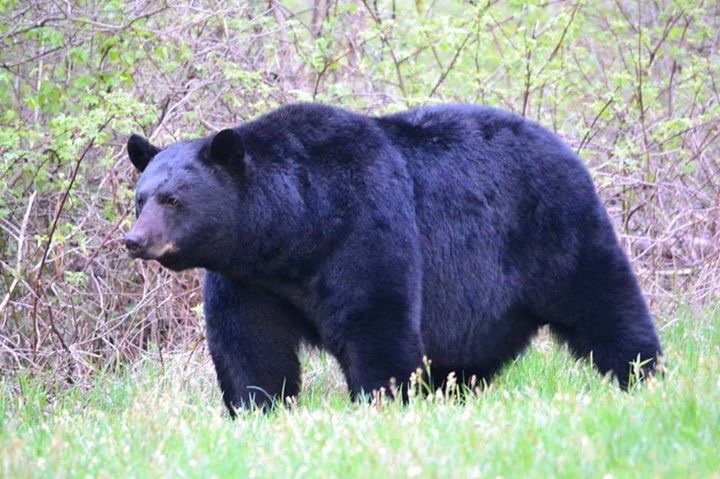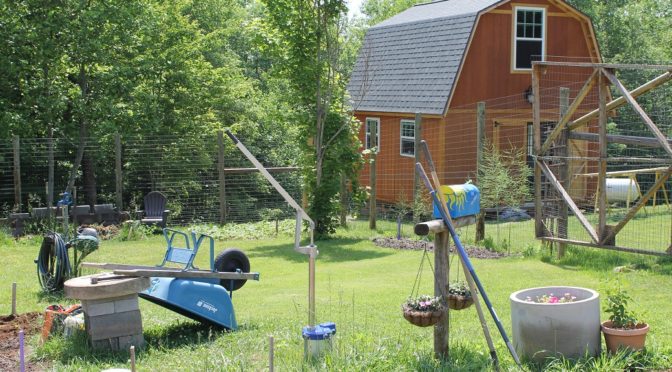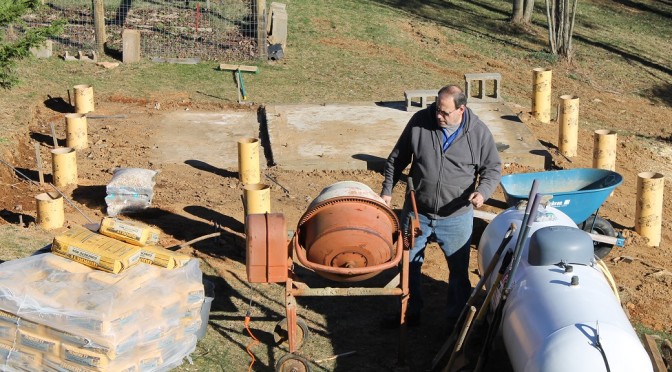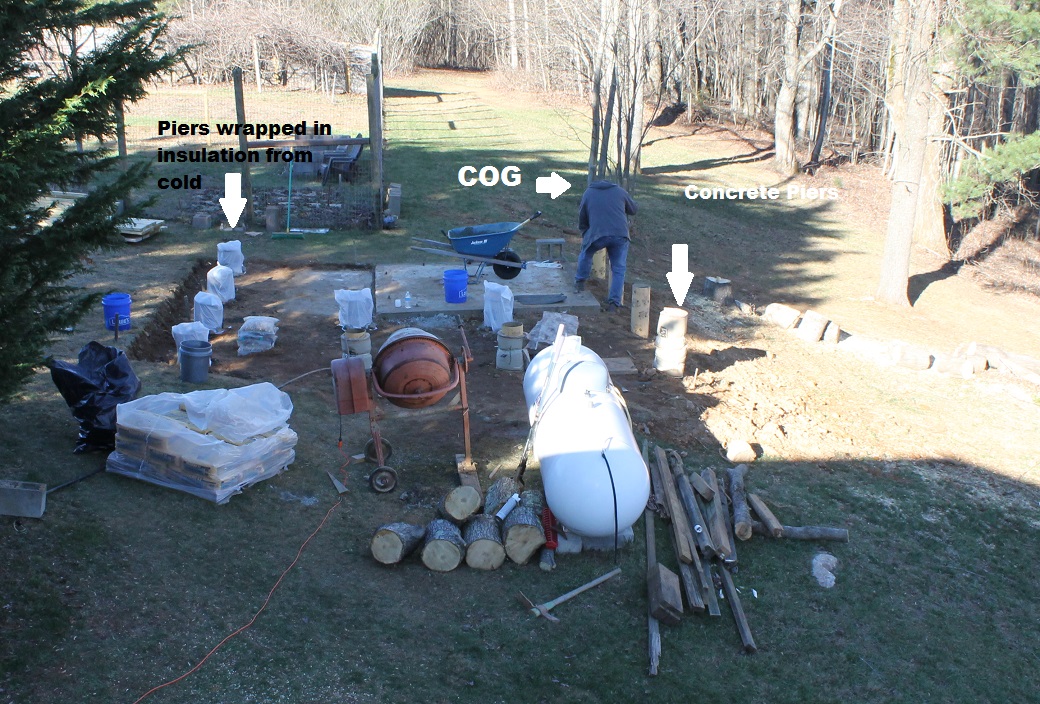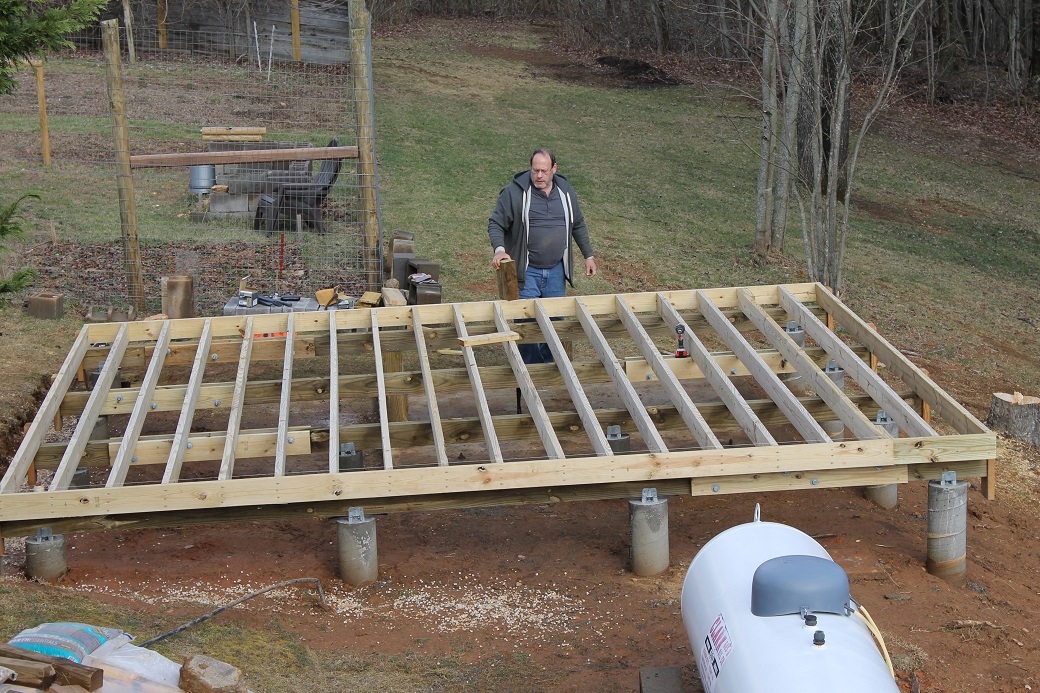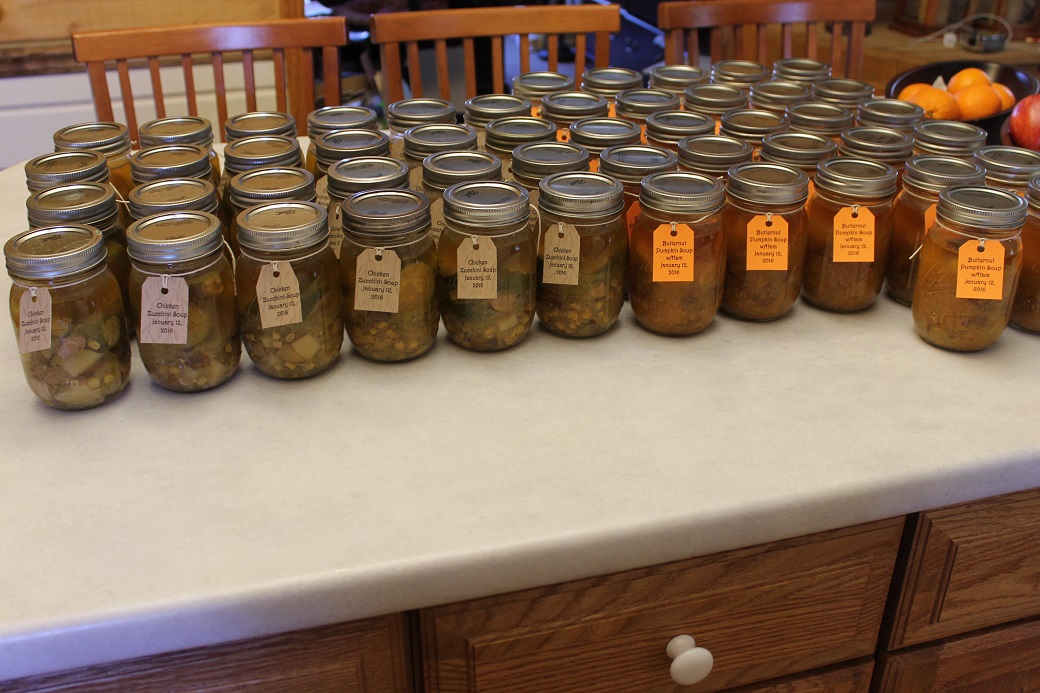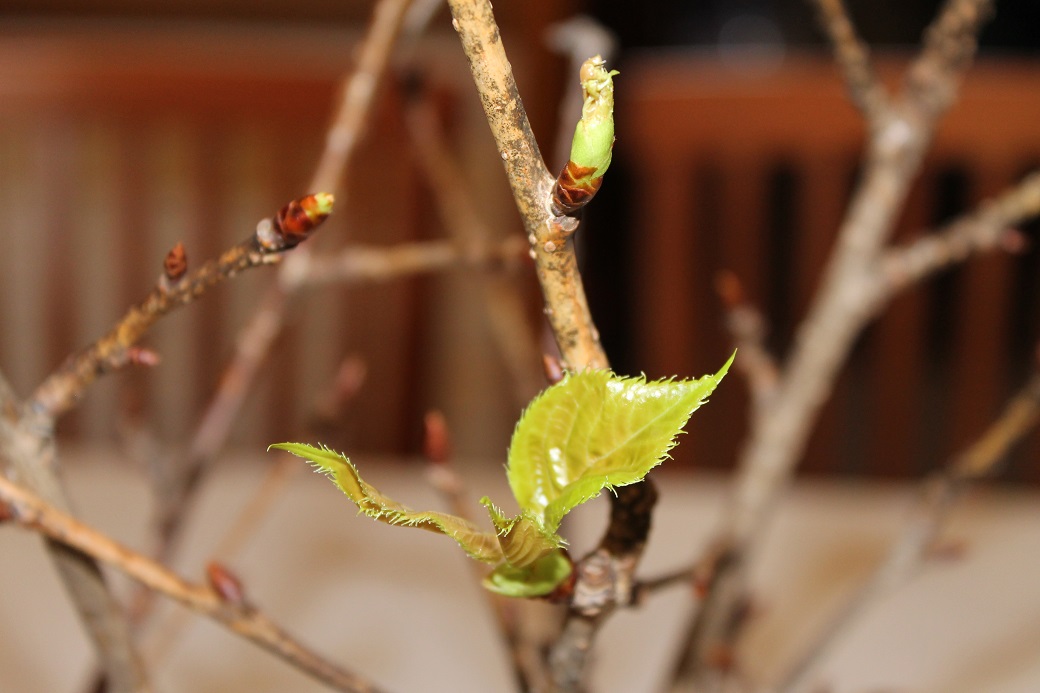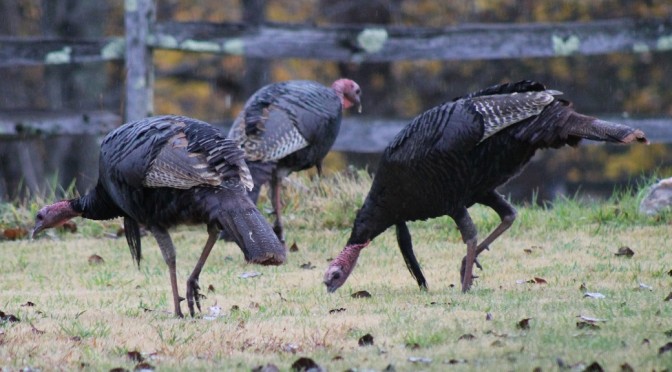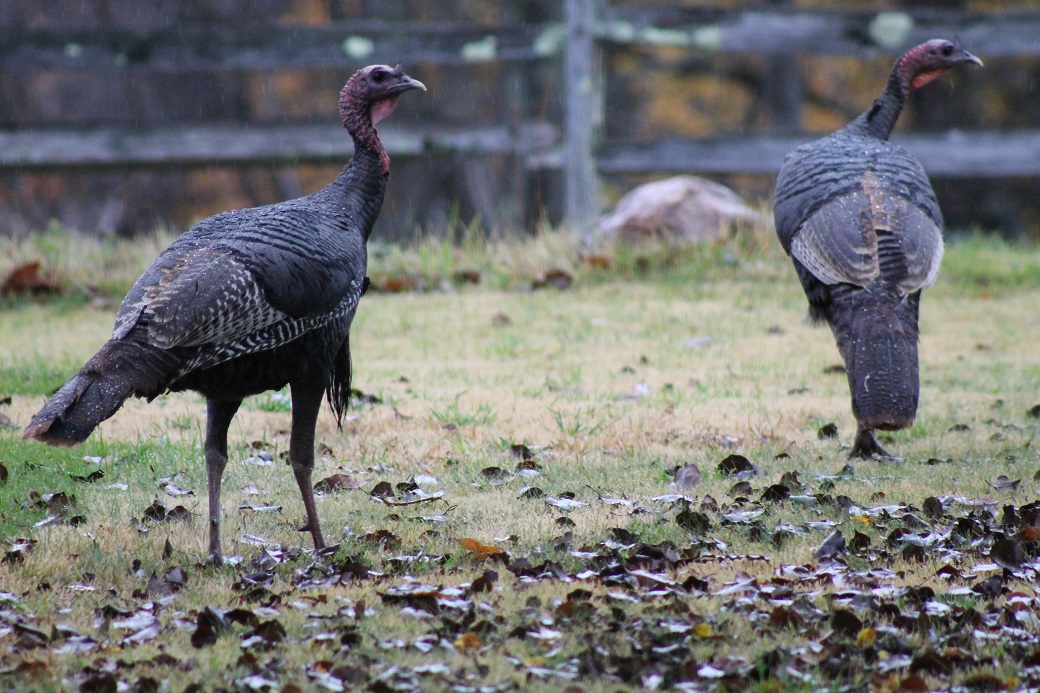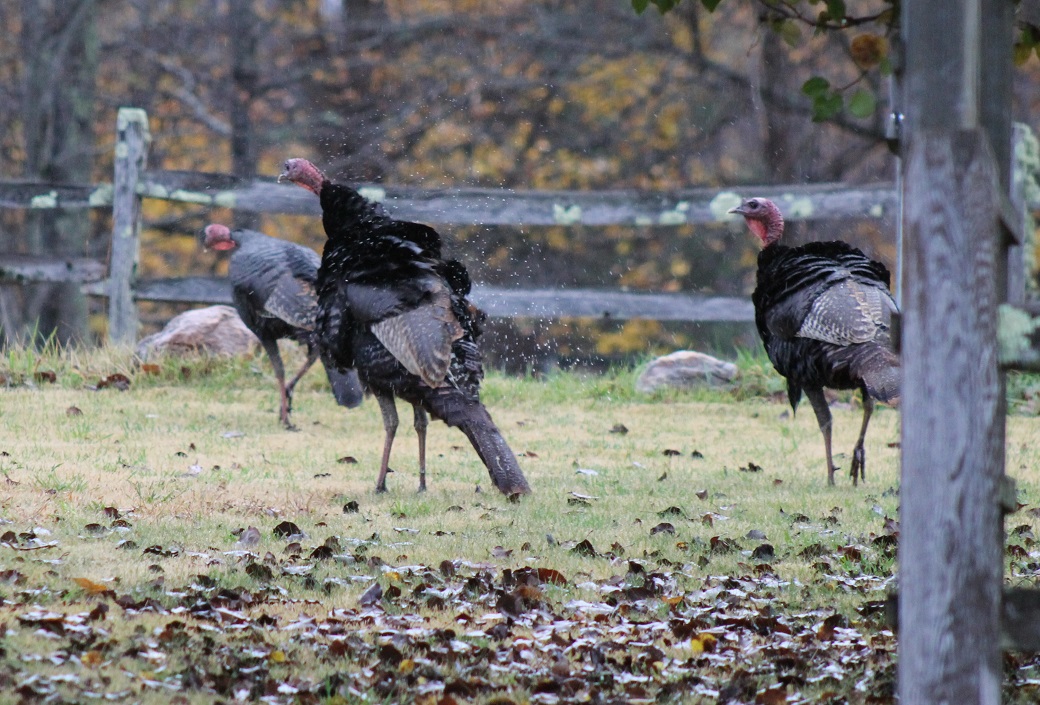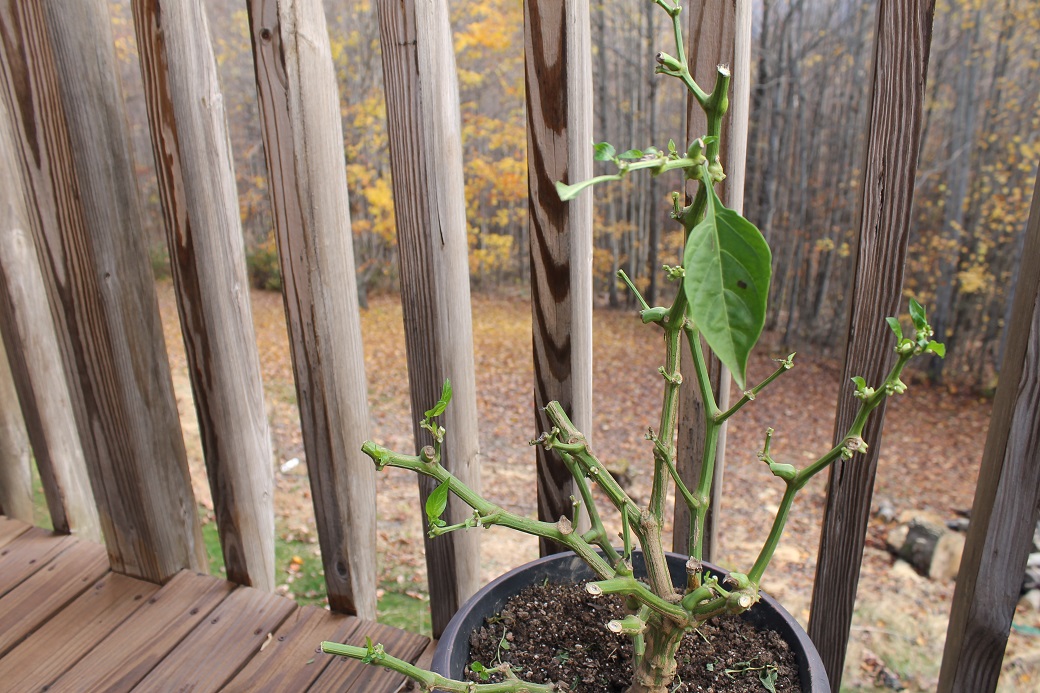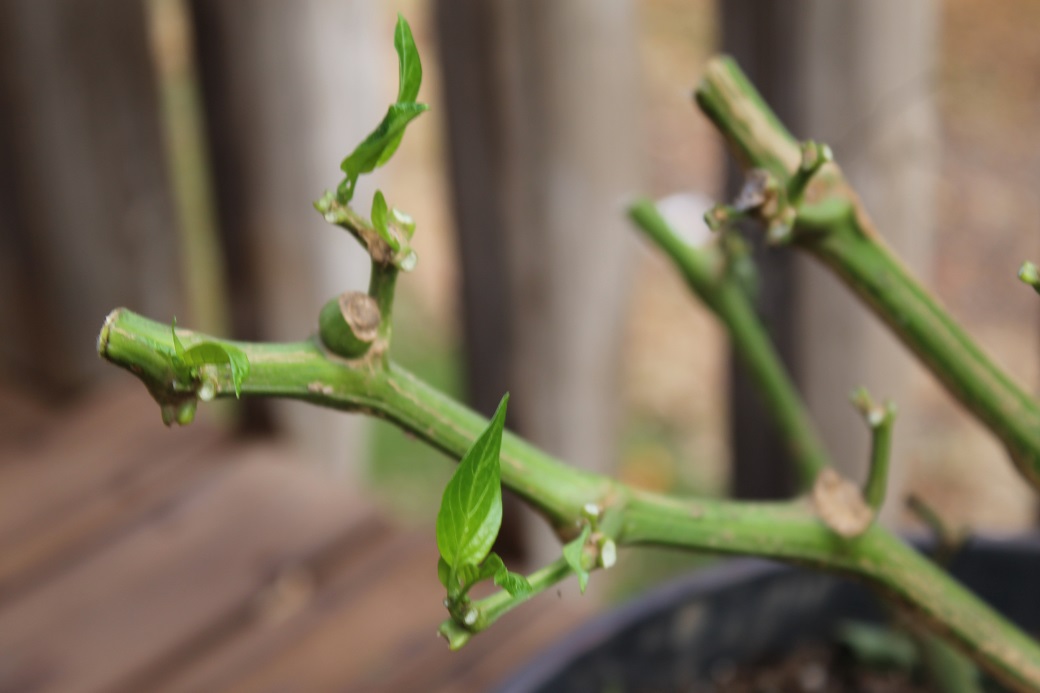As told in previous articles here on Two Ice Floes, our recent barn raising, along with witnessing our youngest Cog-ling graduate from high school and fly the coop for a summer of fun prior to her next educational indoctrination (college) have kept us Cogs quite busy. But the garden waits for no one.
Dancing around the unpredictable weather, we have finally managed to hit the ground running. Starting with ridiculously warm temperatures early this Spring, we progressed to a parched dry spell that felt more like August than March and April. Then a surprise freeze in April, followed by near freezing temps in May, confused the plants, animals and pollinators alike.
Finally, the past two weeks have settled into wonderful breezy days in the high 70°s and a rain shower or cloud burst almost every afternoon. The garden is very happy for now.
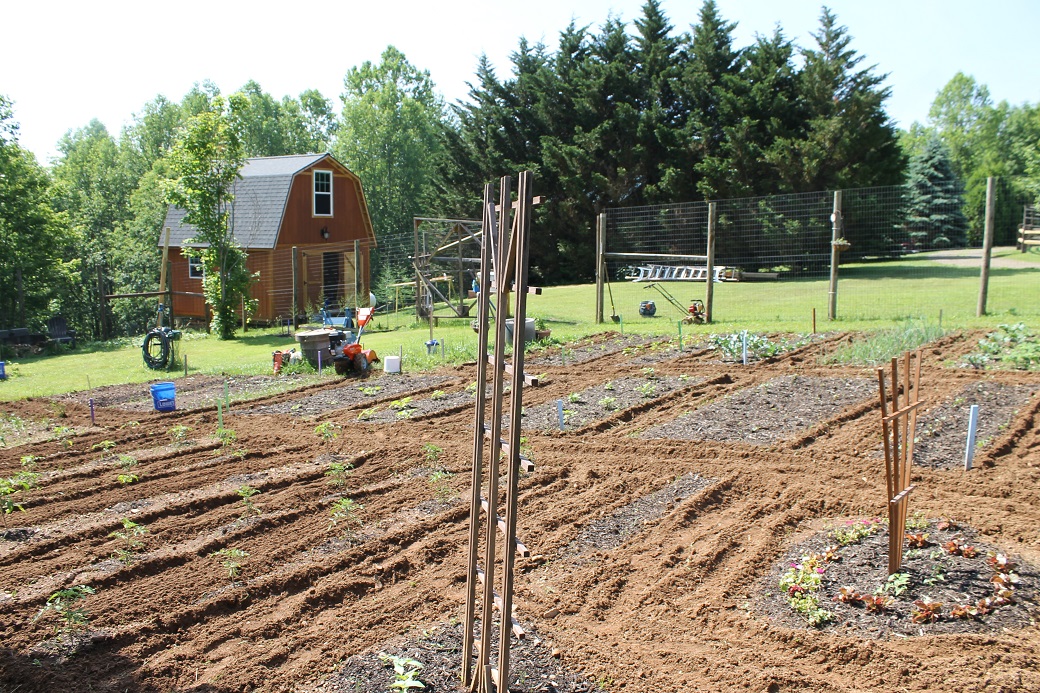
We are picking about one to two quarts of strawberries every day. I am amazed by the production of a 10 by 10 foot strawberry patch. The kale and the lettuce are growing well and we are already harvesting both for salads and smoothies. We’ve even made baked kale chips several times recently.
The peach trees had their blossoms caught in the late freeze, but surprised me with four peaches growing nicely. This is important because it is the first fruit from these dwarf peach trees planted two years ago.
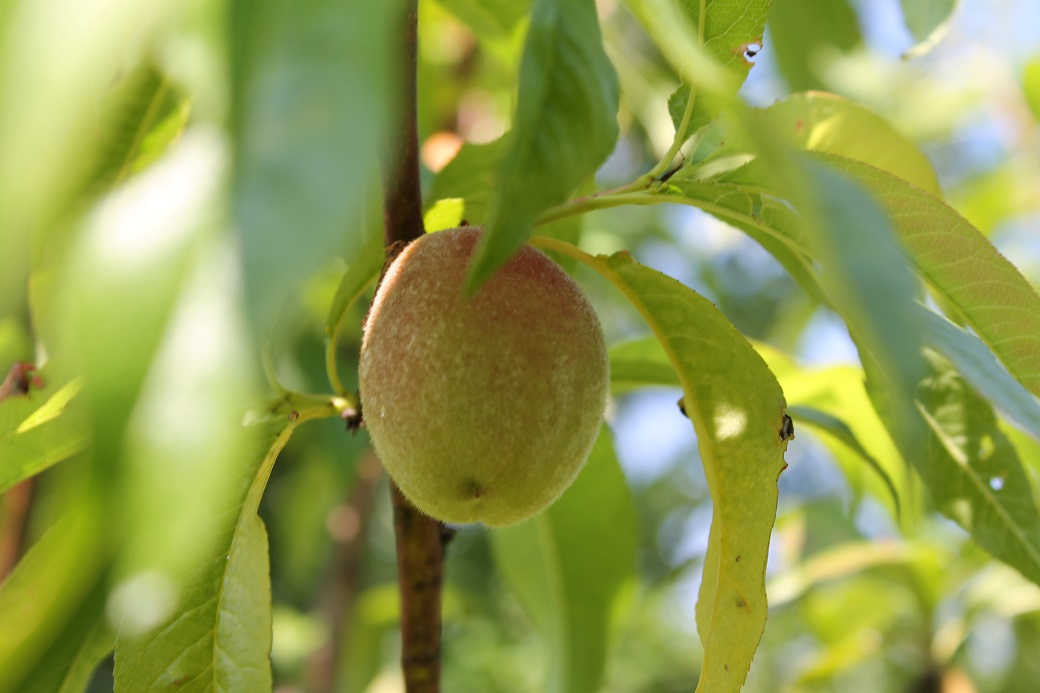
The blueberries and apples are showing off, as they have every year since moving here. No shortage of jams, jellies, juices or cobblers on the horizon.
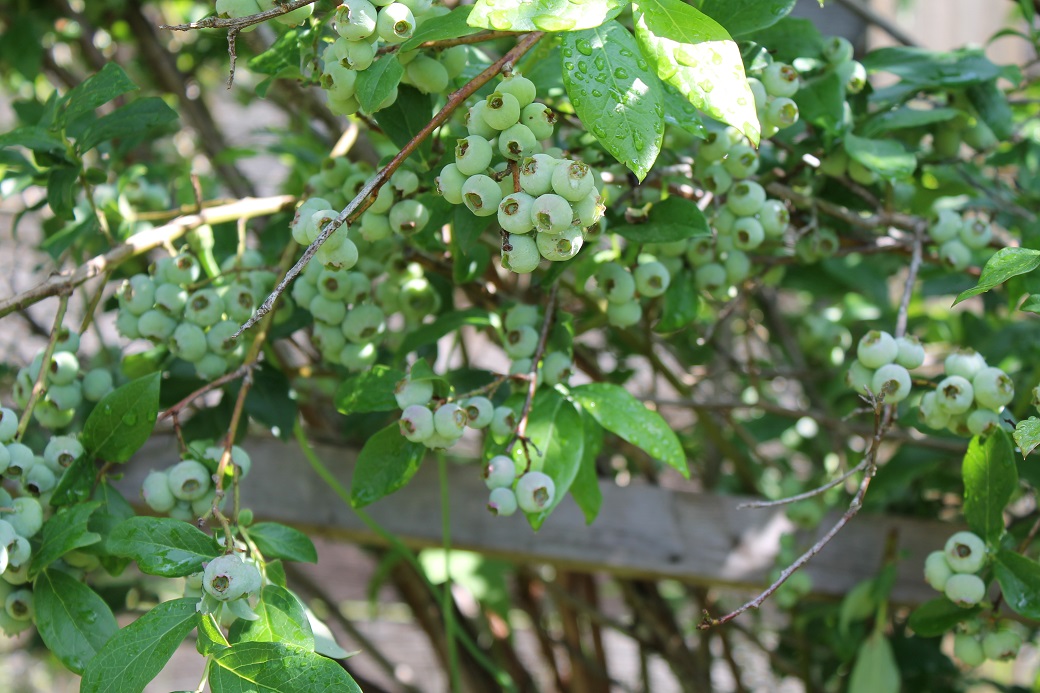
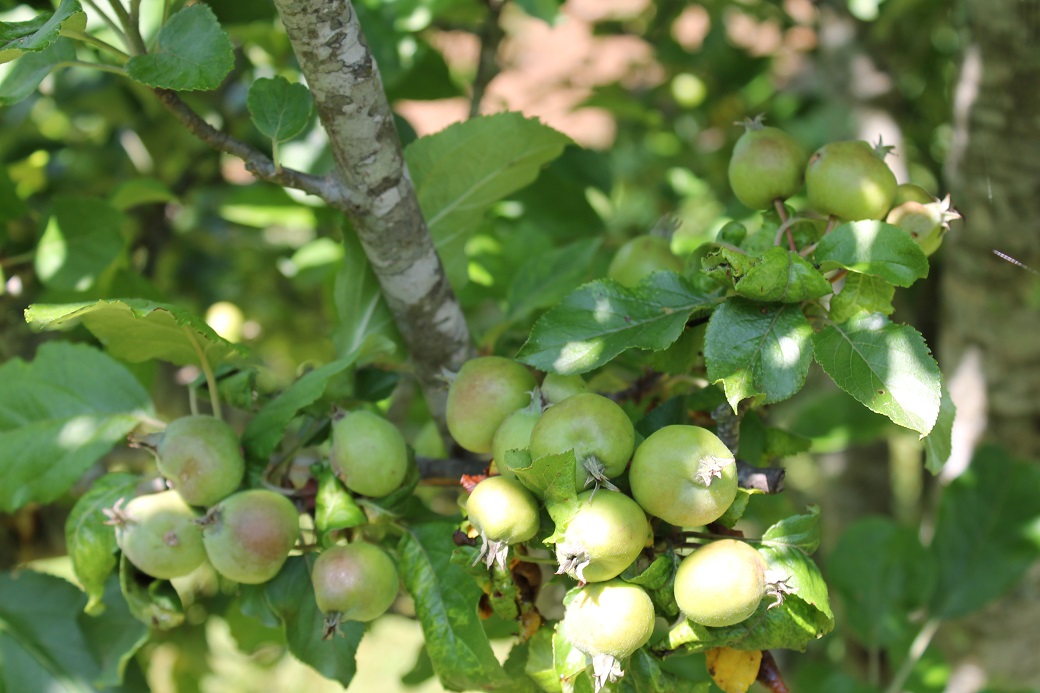
I am planting more flowers in the garden this year to encourage pollinators to continue to visit. So far there has been a much smaller attendance of the bees. The kiwi vines have begun to flower. I have sunflowers of several heights in various places, some to produce seeds and others just to look pretty and call to the bees and butterflies.
My volunteer red potatoes from last year (aka the row I missed digging up) are rock stars. I hope they offer encouragement to the sweet potatoes I am growing for the first time. Fingers crossed.
All the usual suspects are present and accounted for. I have (barely) limited myself to about 60 tomato plants this year. Various peppers, broccoli, cabbage, onions, black beans, kidney beans, cucumbers and three types of squash should keep me hopping at harvest. I am planting new rows of radishes and early sweet corn every ten days or so.
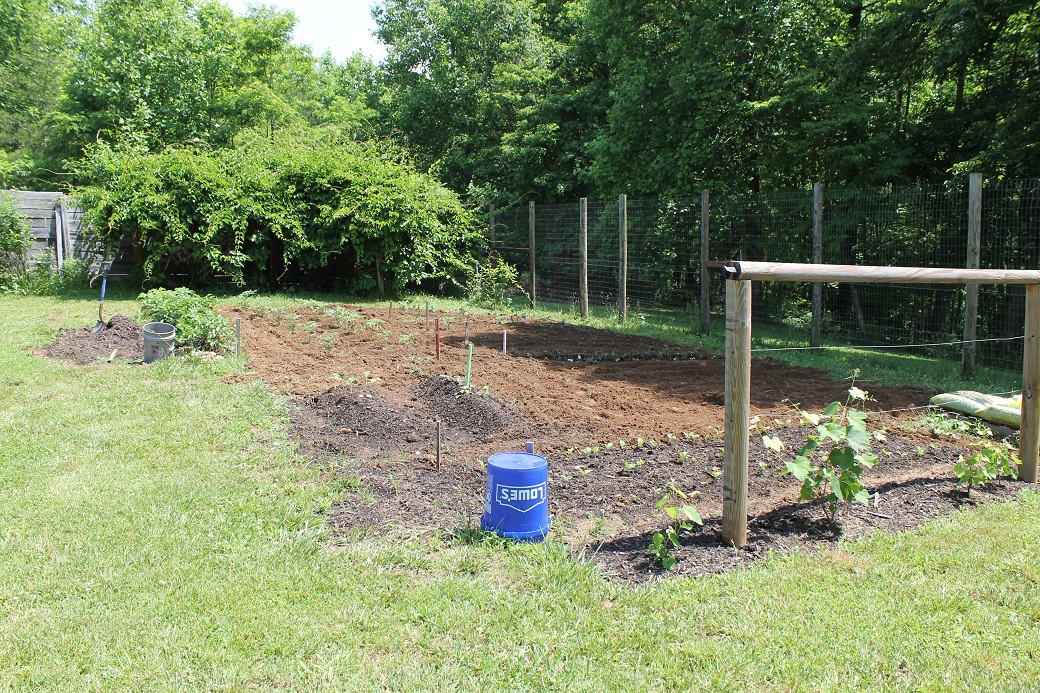
Because growing corn takes up so much room, we are only growing enough corn to pick fresh and eat on the cob with dinner throughout the late summer. I will grab a bushel or two of organic sweet corn at the farmers market to can and freeze for use throughout the rest of the year.
There are failures too. I cannot grow a carrot to save my life. I have amended the soil, planted them in both pots and in the garden beds, changed every element of water, sun, fertilizer, pH, location and even promised to stop singing to them. But alas…sigh.
My HUGE find of wild overgrown chocolate peppermint was decimated. It was outside the garden and yes, once again, Cog mowed it mistaking it for unwanted weeds. It might have helped if he’d appeared a bit guilty over it, but nope. He was matter-of-factly defending his actions. I am tempted to buy a roll of police tape to mark my runaway crops, but since it isn’t exactly on our property, it’s hard to stake a claim lol.
We’ve had a parade of deer and wild turkey through the spring. There is evidence the bear has been about too, but we have yet to physically run into him this season. A large number of local sightings of a gigantic black bear, possibly over 600 pounds, dwarfs our regular bear 'Teddy'. The big one is shown in the picture below, taken just a few miles from our home, and was posted on Facebook. As a reminder, there are an estimated 18,000 black bears in the state of Virginia. So long as people stay away from their cubs and keep their trash secured, they generally do no harm.
